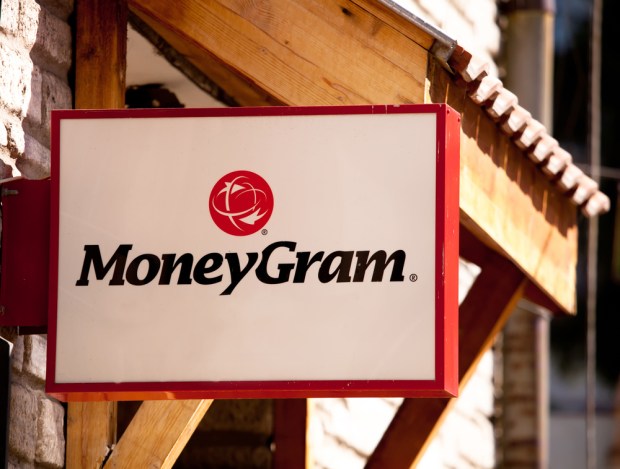MoneyGram, Ant And Making The “Unbanked’s Bank”

On Tuesday, MoneyGram’s shareholders gave an unequivocal thumbs up to the buyout by Ant Financial. With one more hurdle yet to clear, CFIUS approval, MoneyGram CEO Alex Holmes tells Karen Webster what’s next for this new global digital financial services platform.
By all lights, the vote was not a surprising one.
As has been widely reported, MoneyGram shareholders approved the $1.2 billion acquisition of MoneyGram by Ant Financial on Tuesday (May 16), with 97 percent of shareholders giving it the green light, putting an end to the bidding war that had erupted over the global money transfer giant between Ant and Euronet.
The morning after the vote, Karen Webster sat down with MoneyGram CEO Alex Holmes to get a sense of what’s next.
“Getting shareholder approval yesterday (May 16th) was a huge step,” Holmes told Webster. “It’s now down to completing state licensing, payments control processes and getting clearance from the Committee on Foreign Investment [in the United States, or CFIUS],” a process, Holmes said, he is pleased with the progress made.
This clearance is a process that both MoneyGram and Ant were prepared to face, and one that he said Ant is familiar with, having gone through it with the acquisition of EyeVerify last year.
It’s also a process that has received increased visibility, given the political issues that mark the back and forth over U.S./China trade relations. “The role of CFIUS is to review acquisitions by foreign investors to determine if there are any national security implications,” said Holmes. He adds that he is confident that the Ant and MoneyGram acquisition will clear the committee, because the merger presents no national security threat.
“MoneyGram implements stringent data protection policies to protect consumer privacy and comply with all applicable laws, including next-generation firewalls, security alert management tools and strong endpoint controls; and those protections we have today will remain in place,” Holmes said. “Moreover, Ant Financial is committed to maintaining and bolstering these safeguards, including the continued storage of MoneyGram’s U.S. customer data on U.S. servers.”
Holmes adds that MoneyGram and Ant Financial voluntarily submitted the proposed transaction to the Committee on Foreign Investment in the United States to ensure there are no security risks to the U.S. or its citizens.
Asked about operating structures that might gel after the deal closes, Holmes stated that the Ant leadership team has a very positive view of the business and its solid global structure currently in place. He adds that Ant has said it intends to invest in growth for the company.
The goal, Holmes said, is to invest in MoneyGram’s global money transfer business, while at the same time maximizing the usage of Ant Financials’ innovative mobile financial network.
What does it all mean for the consumer?
The discussion between Webster and Holmes turned to financial inclusion and how the combination of Ant and MoneyGram has the potential to positively impact consumers’ lives.
Holmes says the real value lies in the long-term integration of MoneyGram’s physical network into the much broader digital platforms. He predicts that the relationship and interaction with the customer will become more digital. “The ability to transact digitally will significantly increase. Working with the added reach of the more than 600 million consumers who use Ant Financials’ services will no doubt give consumers more access to financial inclusion.”
Holmes added that he does not believe everybody will transact digitally, and that MoneyGram will continue to offer cash as an option on either end of the transaction, giving consumers flexibility in how they choose to send or receive money.
“The stage has been set,” Holmes added. “In the past, technology was never really there from a capability perspective. This transaction can only benefit the consumer.”
But as the payments landscape evolves to serve the underserved, the value for the providers themselves goes beyond mere remittance fees. The ability to create new business models that help offset the cost of remittances is possible when there are other services to help offset those costs, even providing incentives for consumers to use a more robust financial services solution.
“We do remittances very, very well — but that is kind of a single threaded product. Linking that product to the mobile wallets of 630 million Ant Financial users gives senders and receivers a much more robust product,” said Holmes. “Now, you have a bank for the unbanked, and it brings inclusive financial services to millions around the world who have been, basically, left out.”
